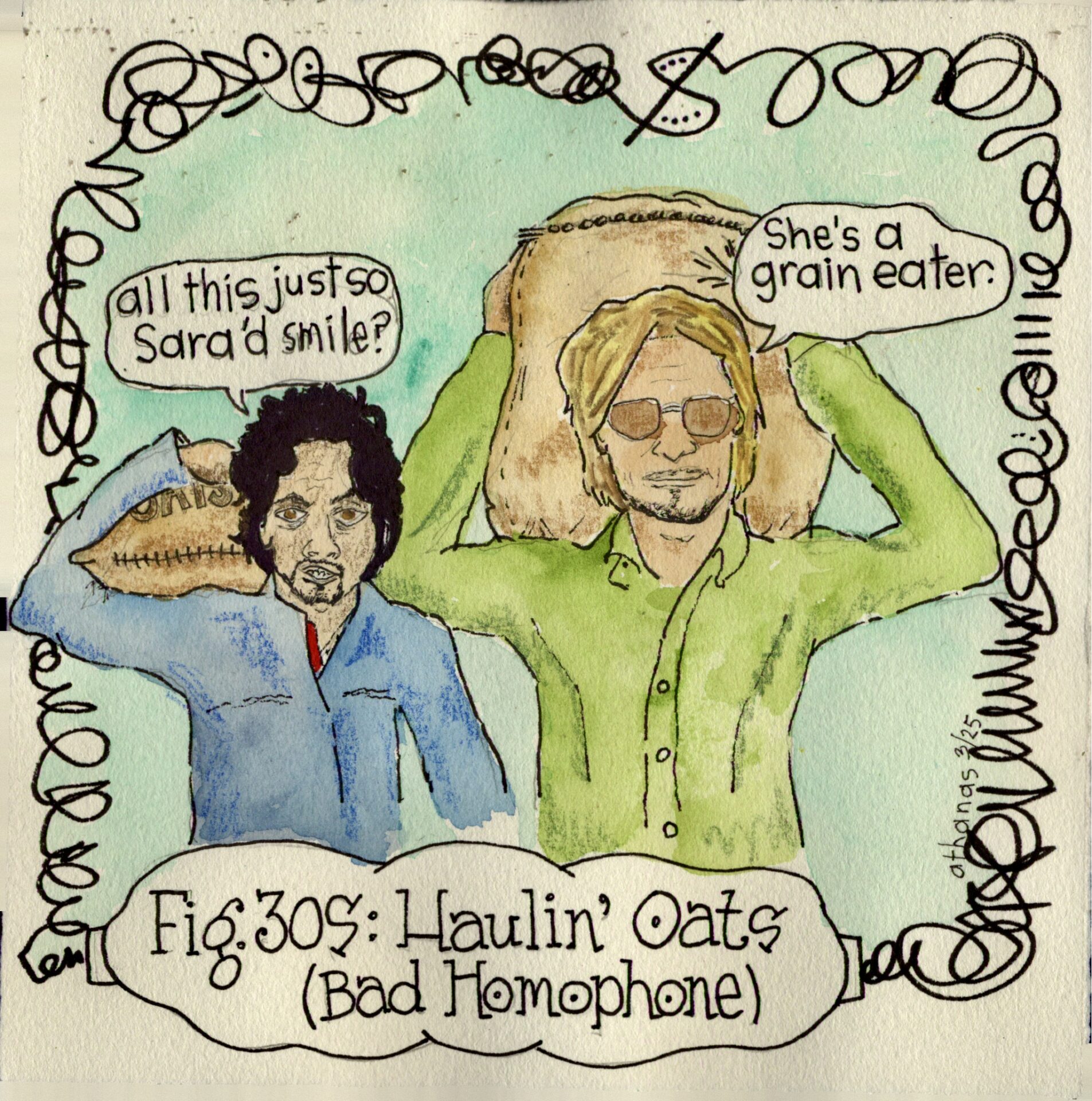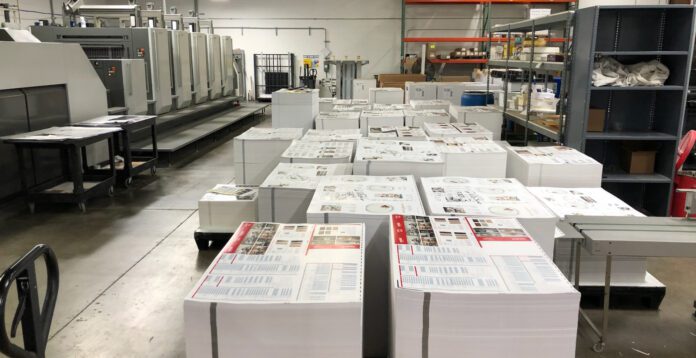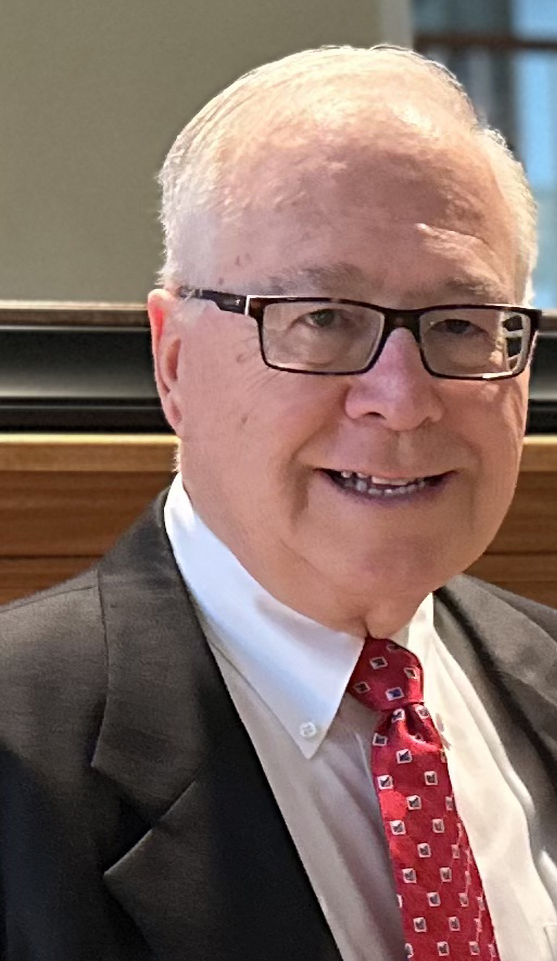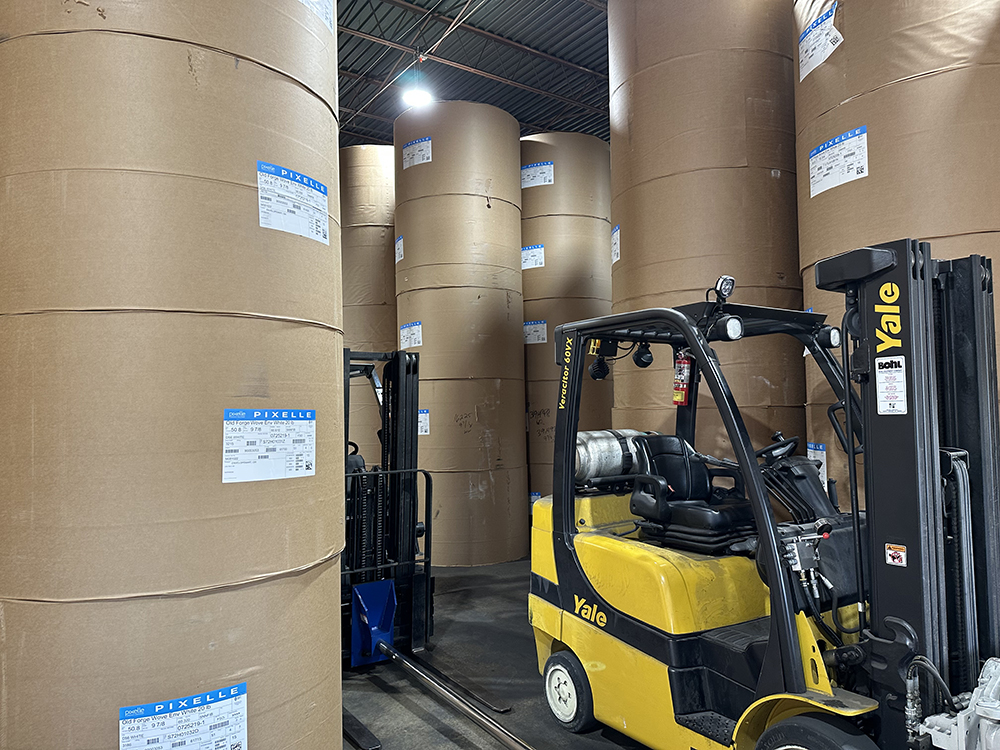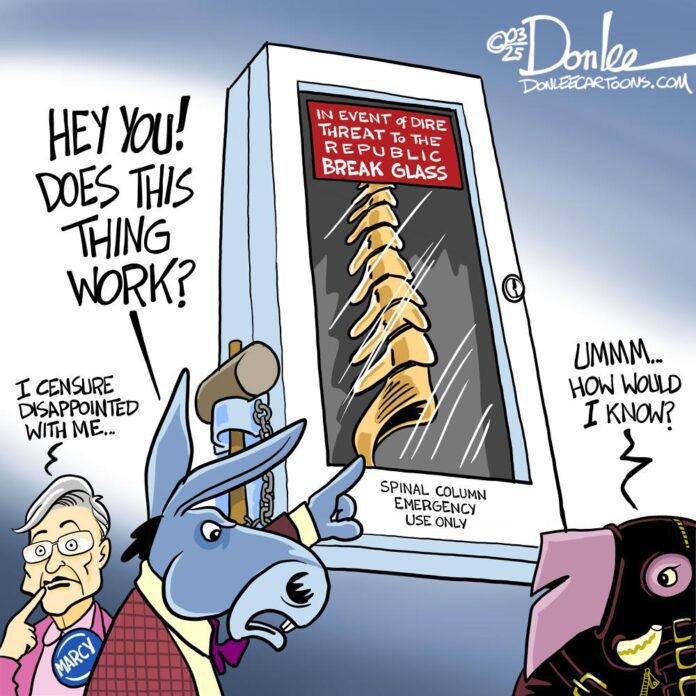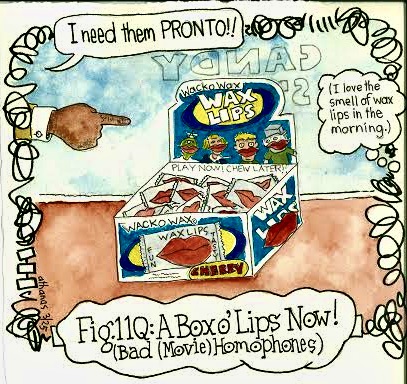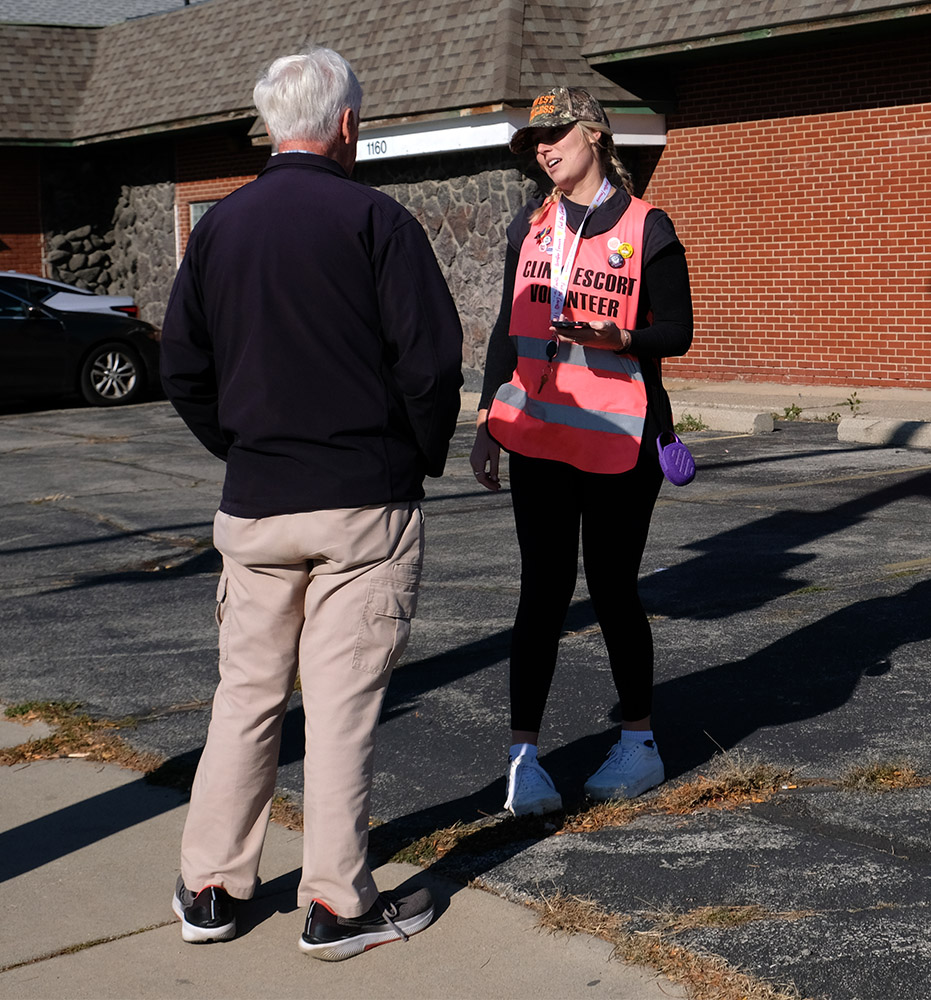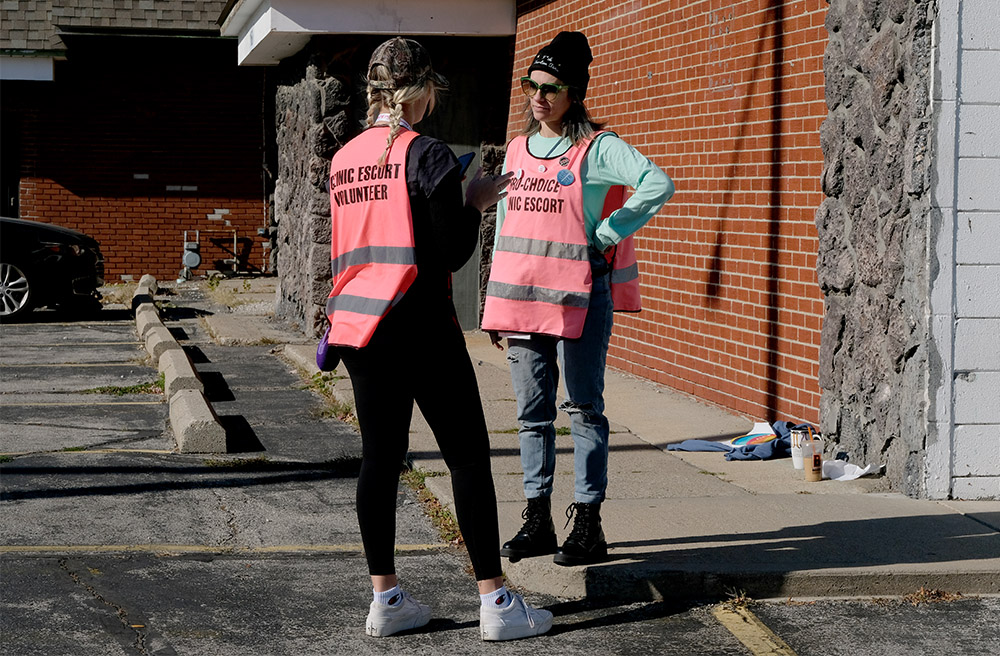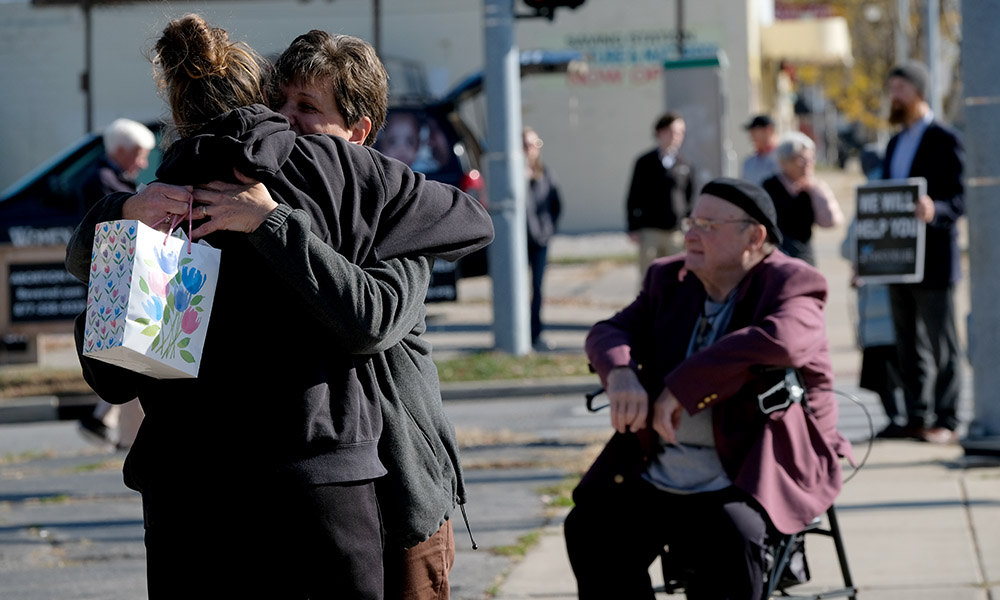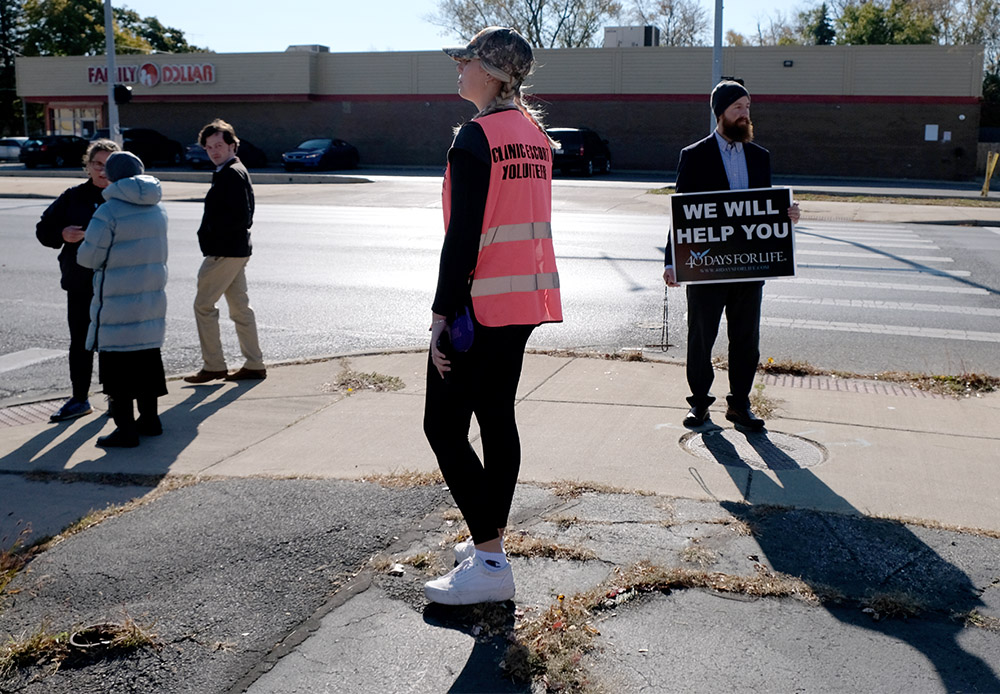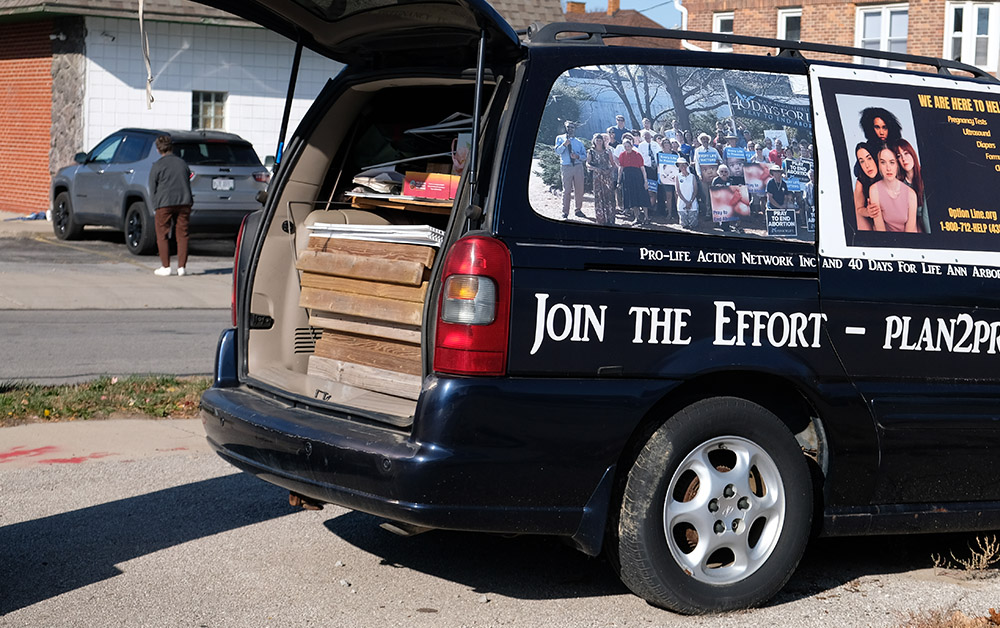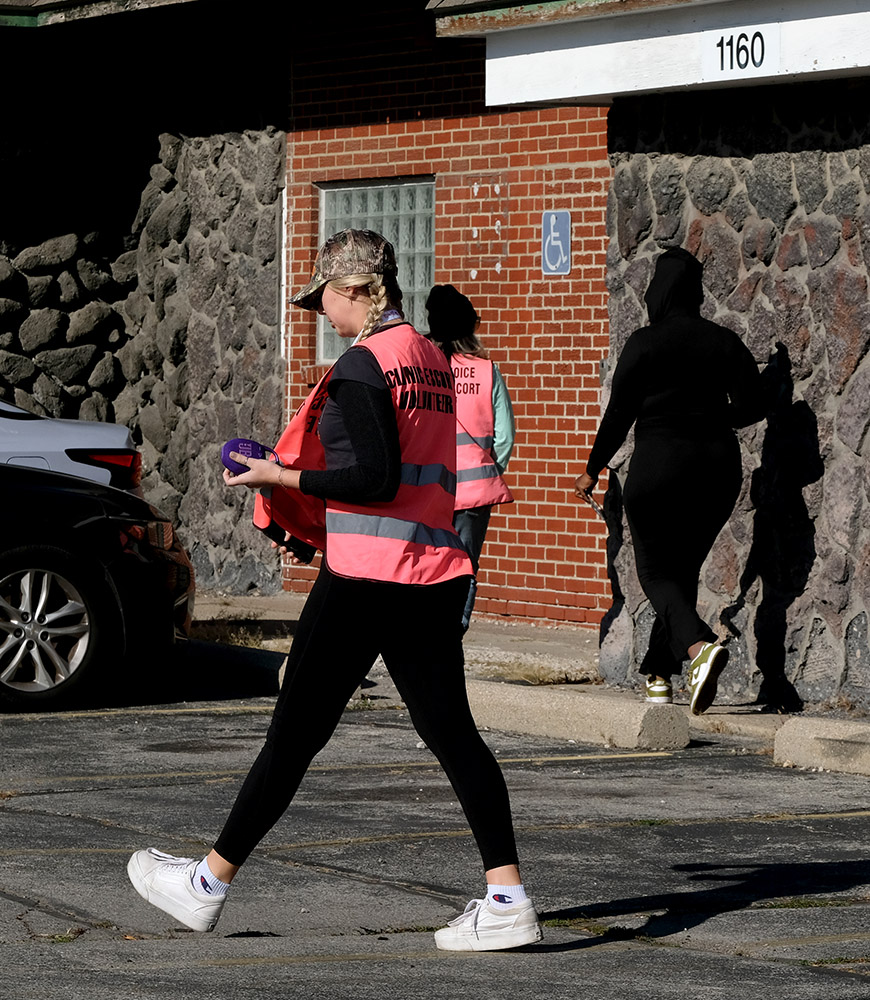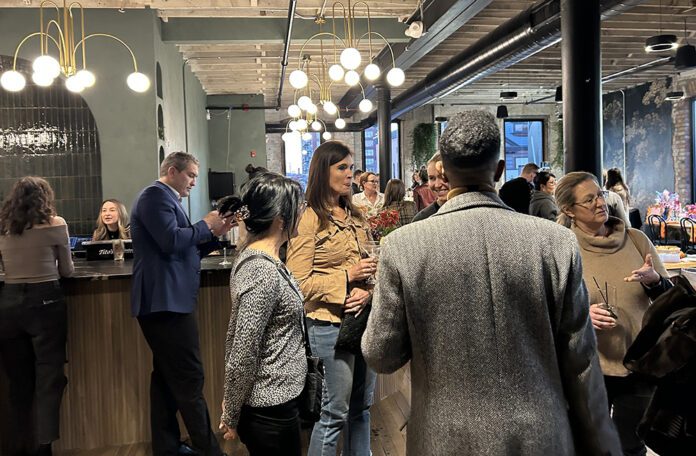English Channel swimmer to take a dip in Maumee River for a cause

MAUMEE – Think of it as a two-for-one event and a healthy partnership. Partners for Clean Streams will have a kickoff meeting to train water quality monitor volunteers from 1-3 p.m. on April 19 in the Indianola Shelter at Farnsworth Metropark.
There will also be a special guest: A woman who is training to swim the English Channel, and she has a few things to say about the need for clean water and empowering women.

Oh, yes, and that woman, Amy Wamsley, will take a dip in the Maumee River to punctuate her messages, including why swimming is healthy in more ways than one.
Wamsley, 49, is a business consultant from the Dayton area who has been training for months to do the iconic marathon swim from England to France, considered by some to be Mount Everest of water-based endurance feats.
“I first dreamed of swimming the English Channel when I was 12,” Wamsley said. “I came across a magazine article about swimmers who completed the challenge. At the time, I was a competitive swimmer, and I remember thinking, ‘If they can do it, so can I.’”
Wamsley set a goal of completing the swim by age 50. “My swim window closes just three days before my 50th birthday. This is my chance to fulfill that promise to my 12-year-old self.”
There’s more to it than plunging in the water. Wamsley registered with the agency overseeing the swims and was assigned a timeframe during the channel swim season. She leaves for England May 14 – her swim window is May 30 through June 10. She’ll be accompanied by a piloted boat with two friends on board for medical and overall support.
She said typically there are several swimmers making the crossing at a time, spread out in the channel. The swim takes about 15 hours to cover the roughly 21 miles.

Why be in Northwest Ohio and connect with Partners for Clean Streams, based in Perrysburg? One of her goals of the channel swim is to raise awareness of the need for clean water.
“Clean water is essential, not only for swimmers, but for entire ecosystems,” she said. “Poor water quality can expose people to harmful bacteria, chemicals and pollutants, increasing the risk of infections and illness.”
Wamsley speaks from experience. On a training swim in what was thought to be clean water, she got a severe bacterial infection. She’s also seen trash and pollution in some swims.
“We drink this water. It’s what we’re swimming in, pulling fish out of,” she said, referencing the Maumee River’s famous Walleye Run.
To spread her message of water health, Wamsley has reached out to agencies connected to Ohio’s scenic rivers – of which the Maumee is one.
“Our organization built our mission around partnering with individuals and organizations who share similar missions,” said Kayla Kirkpatrick, Partners for Clean Streams program specialist. “When Amy came to us, she expressed her reasoning, which we were very excited to hear.
“We decided that our April 19 Water Quality Monitoring Training event would be a perfect way to tie in the two missions. We believe in having fishable, swimmable, drinkable waters. How could we say no?”

Kirkpatrick continued, “We felt that we could support each other’s mission by sharing our volunteer base to her efforts. In return, we felt that Amy’s swim would be a great way to spark the interest of people in our community to come join us, not just for the event itself, but continue to take part in the future.”
Wamsley addressed the health issue. “Swimming is one of the best full-body exercises, offering physical and mental health benefits. On a personal level, swimming has had a profound impact on my own health journey.”
There’s more to her undertaking than health and promoting clean water. “I don’t look like someone who’s going to swim the English Channel,” she said matter-of-factly.
“It doesn’t matter what our bodies look like. No matter how old we are, we can still try to [pursue dreams]. There’s a whole thing about women empowerment. We can still encourage each other to succeed in whatever it is that we want to succeed in.”
Wamsley added, “This past year has been one of the hardest of my life, and I truly believe that without swimming and a dedicated goal to work toward, it would have been much more difficult to navigate.”
Registration for the April 19 training is available here.
Zac Brown headlines Glass City Live
TOLEDO – Toledo Athletic and JAC have announced that the Zac Brown Band will headline JobsOhio’s Glass City Live at the Glass Bowl on Saturday, May 24. Dustin Lynch, Luke Grimes and Gaelic Storm will open the show.
The last major concert at the Glass Bowl occurred on July 1, 1994, when the Beach Boys and America came to town.
JAC Management Group LLC serves as the promoter and producer for the event. They are responsible for booking the bands, promoting the show and selecting the artists, in addition to managing the ticket pricing, marketing and all production details.
The first announcement of Glass City Live came on Oct. 26 at halftime during Toledo and Bowling Green’s Battle of I-75. It has been in the works for two years.
Ken Bigley, chief operating officer of JAC Management Group, said their relationships helped book the Zac Brown Band for the event.
“We’ve been promoters for over two decades. We promote throughout the midwest, in most of the United States,” Bigley said. “We have a very good name in the industry, and we’ve been doing it for a very long time. We operate in arenas and theaters, as well as promote.”
In reference to Brown, he said “he’s an iconic artist at this point, and we know he’s great to deal with and that people love to come and see him, so he’s a great act.”
Bigley also said that it was a great testament to the skills of his management group that the Zac Brown Band is set to perform in such a large venue that has not hosted a concert this size since 1994. The strong relationship with Brown played a role in the performer’s willingness to headline the show.
Bigley noted the challenges promoters go through to put on a concert, particularly in a city like Toledo.
“The initial challenge is looking through and making sure what people want to see, and going through the demographics and market information to make sure you pick the right act. Also, geographically, Toledo is in a spot where your proximity to Detroit, the proximity to Dayton, Cincinnati, Cleveland to the east; there’s a major throughway that helps as far as artists coming back,” Bigley explained.
“When you’re dealing with a show of this scale, there are some pretty large radius clauses. So if somebody’s playing within one of those major cities within a couple of hundred miles, it usually rules out or there’s usually a couple of hundred-mile radius on a lot.”
Ken Bigley, chief operating officer of JAC Management Group
Bigley added that the University of Toledo and the athletic department have helped pave the way for this concert.
While the Glass Bowl will host its first concert in over 30 years, the University of Michigan recently announced it will host Zach Bryan for the first concert ever performed at their football stadium. Bigley said that artists book places like Michigan because they may be chasing attendance records, while universities want to provide a better quality of life for their students. Another goal could be to do something that will have a large economic impact on smaller businesses, restaurants and bars in the city.
At the press conference announcing the event, University of Toledo athletic director Bryan Blair discussed the partnership with the JAC Management team and how sports and concerts bring people together.
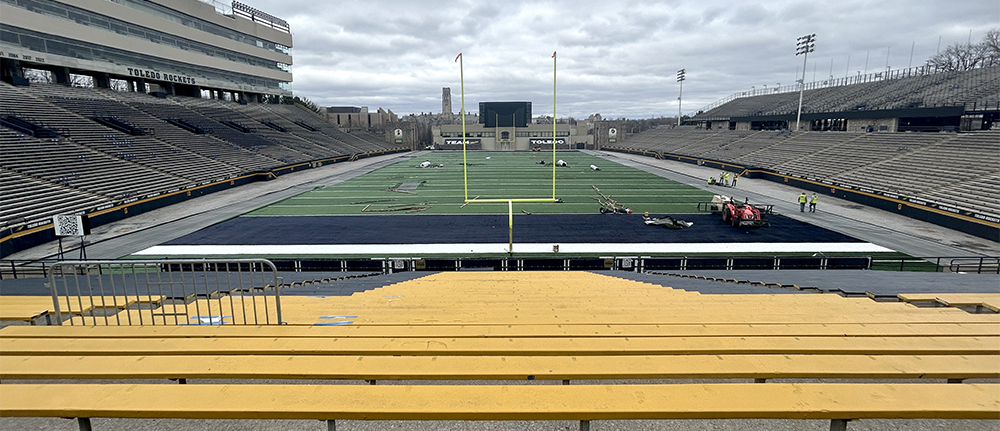
“Sports and music have a lot in common. We talk a lot about the value of sports bringing people together, and music in many ways emulates those same characteristics. It brings about a deep-seated passion and emotions that you often tap into; that feeling of being in a venue and singing the same song in harmony – those are the same things we see at our athletics events, and those are the same things we see at big-time concerts,” Blair said.
“When you set out to do a concert in a football stadium, in the Glass Bowl, you have to have a shared vision, and there has to be a total lineup as you go in the same direction.”
Blair shared his thoughts on the economic and emotional impact this will have on the city of Toledo.
“I just think about the restaurants, the dining, the bars, the shopping, all that comes to life when you bring an event of this magnitude to the Glass Bowl and our campus,” Blair said.
“You’ve got that vision of tens of thousands of people on the turf in the Glass Bowl as the sun sets. You think about tens of thousands of people locking arms, hugging, and swaying, singing the same song in unison, and building lifelong memories with those they are closest to,” Blair envisions.
“We’ll have that place in their heart for eternity, that’s a special opportunity.”
Bigley said Glass City Live is designed to be an annual event depending on the municipality, media, community and business support. He also said the best way to stay updated is to visit the Glass City Live website. Tickets for the event are on sale now.
Toledo Women’s Clinic & the Aggie Fund: Pro-choice movement in action
This is the second of a limited series about reproductive healthcare options and care for women in the Toledo area.
TOLEDO – When the Toledo Free Press caught up with Kristin Hady at Maddie & Bella in downtown Perrysburg, she was wearing a necklace with the word “abortion” on it, just in case anyone might be tempted to question her stance on reproductive rights.
Hady is a board member for The Aggie Fund, an organization founded in 1992 to fund abortions for residents of Toledo and surrounding areas. It is a volunteer-led, 501(c)3 organization that — at the time of this interview — had just hosted a bake sale fundraiser at the Toledo Women’s Center, which is Toledo’s sole abortion clinic.
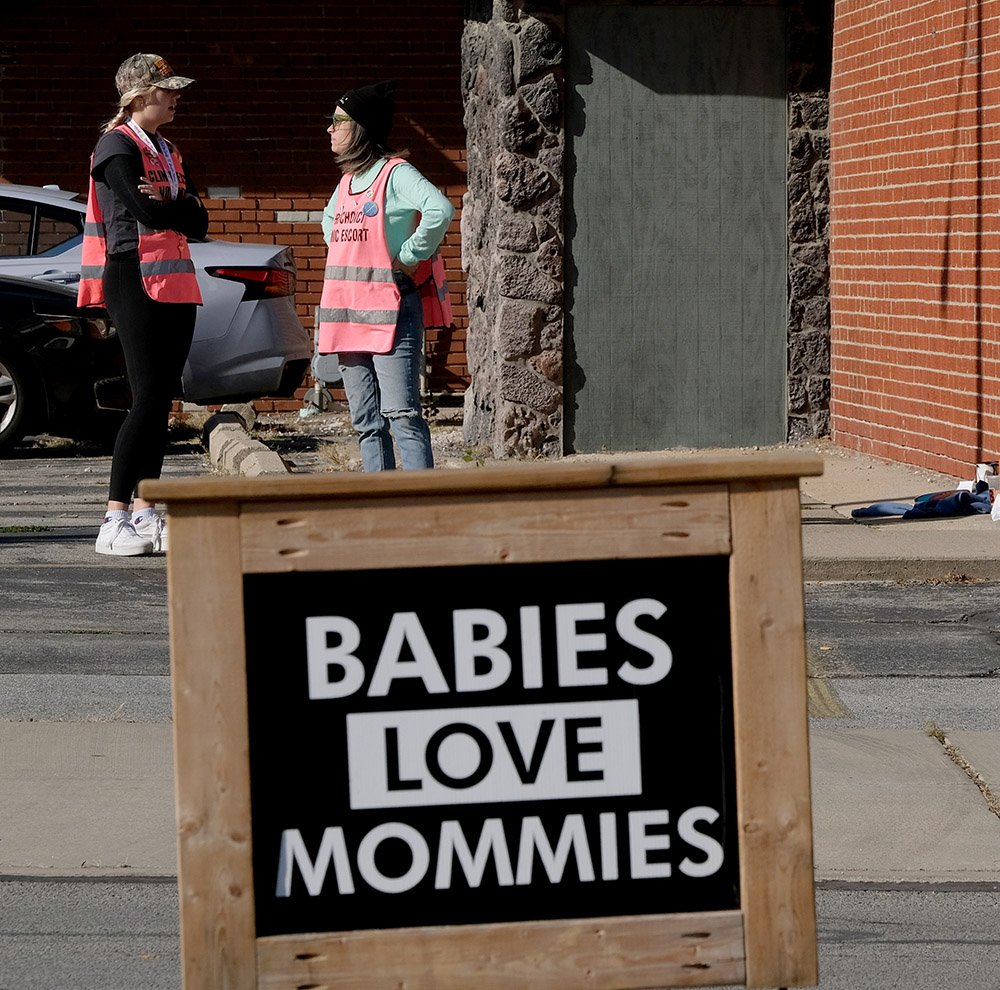
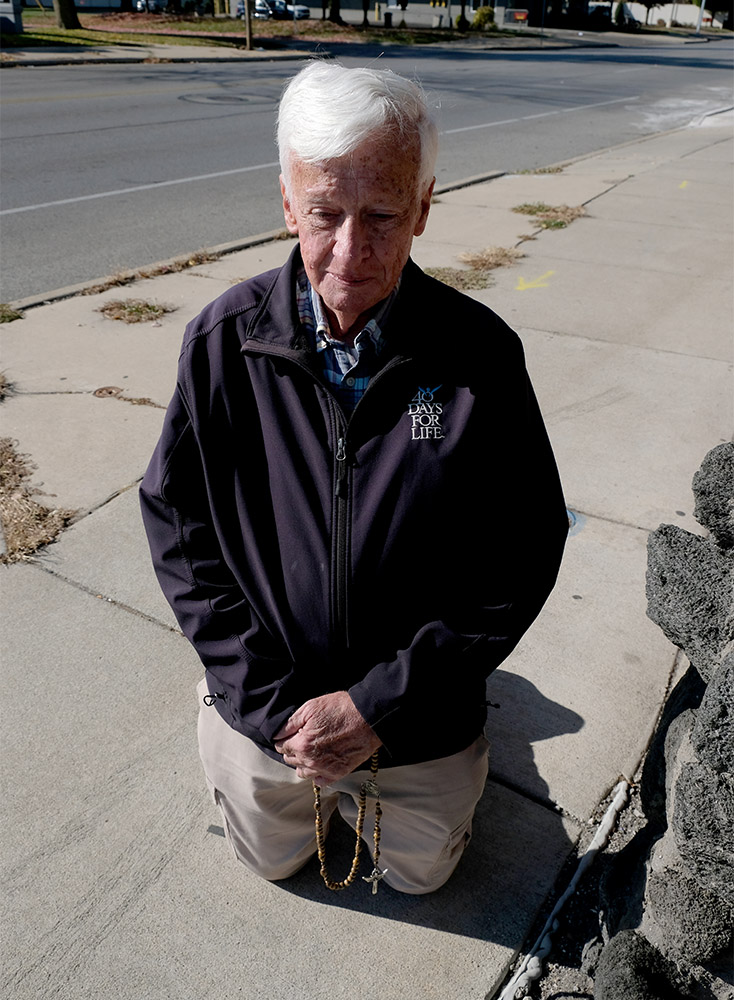
As a child growing up in Toledo, just a few blocks from the Women’s Center (formerly known as Capital Care Network), Hady didn’t have an understanding of the Center’s mission, but she did get the sense that it was controversial.
“We used to see this super old man that would walk the sidewalk with a giant cross on his back, but not realize what it was,” recalled Hady, referring to who she now recognizes as a likely anti-abortion protester.
Hady was inspired to abortion activism when she read work by Robin Marty, the author of Crow After Roe and Handbook for a Post-Roe America. The author’s account of a clinic escort’s experience made her want to work as an abortion escort, despite the details of that escort being harassed. She started volunteering for Toledo Abortion Center Escorts (TAC), and her activism snowballed from there.
“I became a clinic escort and the rest is history,” said Hady, adding she then started getting involved in other aspects of pro-choice advocacy in Toledo. “It’s like a gateway drug, you know; it starts here and then you go do everything else.”
Hady is referring to her service on two boards — The Aggie Fund and Abortion Forward (formerly Pro-Choice Ohio until a name change in May 2024) — as well as her full-time position as program director for Abortion Access Front.
What to know about The Aggie Fund
How does The Aggie Fund work? Essentially, the organization is funded primarily by community donations, but they are also part of the National Network of Abortion Funds collective. NNAF funding is distributed equally to abortion funds nationwide, including The Aggie Fund.
The Aggie Fund provides money for transportation, lodging and other logistical expenses, along with the money for the actual procedure (or pill). The abortion itself can cost between $600-$800, according to the Aggie Fund’s website. Because of demand, The Aggie Fund has to cap the amount of funds they disperse to make sure they can stay in operation.
The Toledo Women’s Center currently provides medication abortion up to 11 weeks and 6 days. Surgical abortions were provided at the Center about five years ago, but are not available at this time. However, the Center is in the process of being capable of providing surgical procedures in the near future.
“To ensure that we can still operate in a year, we have to unfortunately set monthly caps for how much we are able to fund out,” Hady said. “I don’t think there’s any fund in the country right now that is bringing in as much as they are spending monthly. We have 14 states with no abortion access anymore. Every time a state goes down, that ripples out; patients have to travel somewhere and, as the closest appointments fill up, the higher the costs are. Clinics are strapped.”
Hady adds that The Aggie Fund money goes to clinics like the Toledo Women’s Center, rather than directly to the patient. The Fund spent $9,860 on abortion costs for 76 patients from July 2020-June 2021; $42,812 on abortion costs for 162 patients from July 2021-June 2022; $140,744 for 405 patients from July 2022-June 2023; and helped an additional 51 patients from other states who needed to travel to get an abortion during that year (stats can be found at aggiefund.com). Their numbers have only increased since then.
“In ‘23 to ‘24, we’re probably going to get close to six figures — $200,000 — so our funding in four years has increased, you know, 2,000 percent,” said Hady, adding that “there’s a dearth of funding in the movement from the top down. The biggest funder of abortion, the National Abortion Federation, had to cut theirs. There are funds that run out every week, so when we unfortunately have to stick to our monthly budget, we are often out of additional money.”
In light of H.R. 271 – Defund Planned Parenthood Act of 2025, introduced to Congress on Jan. 9, it’s highly possible that funds for abortion providers — both large and small — will continue.
The Aggie Fund serves residents of northwest Ohio and southeast Michigan. Those who need help can see the map of counties they serve on their website here, along with links to other resources for those who live outside of those counties.
Pain point: The focus on trauma
In so many discussions about the life-threatening nature of limiting reproductive rights for women, many focus on the horror stories. Women who have pregnancy complications need abortions but can’t get them; women who miscarry and are denied care during their miscarriages; and other tragic stories that pull at the heartstrings of empathetic readers.
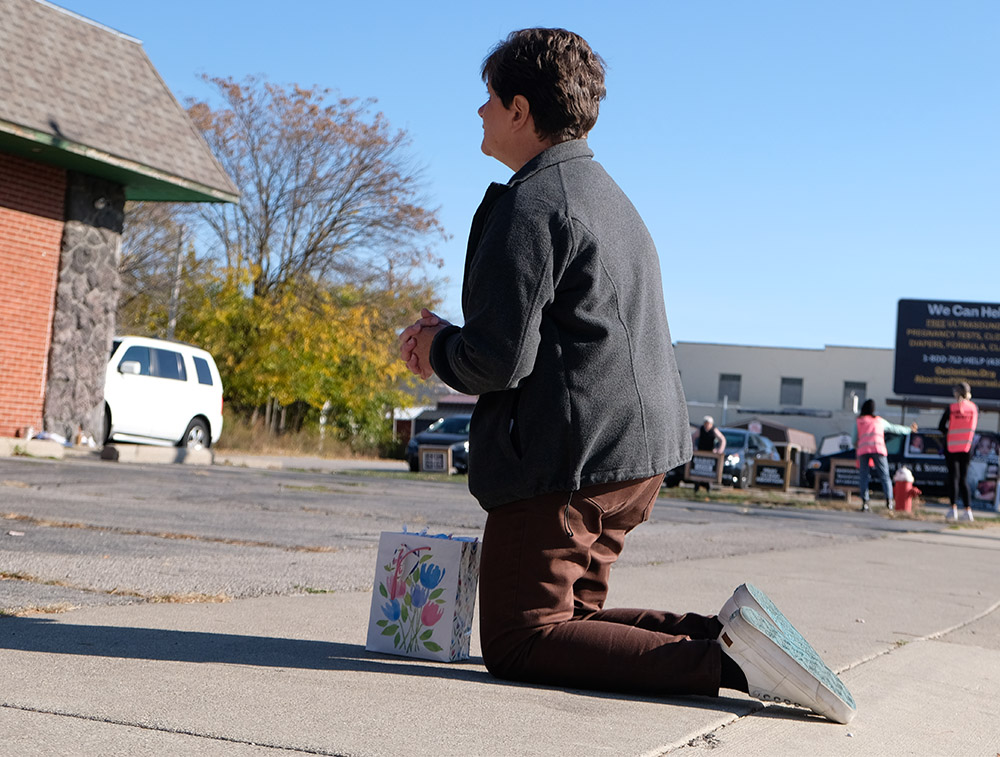
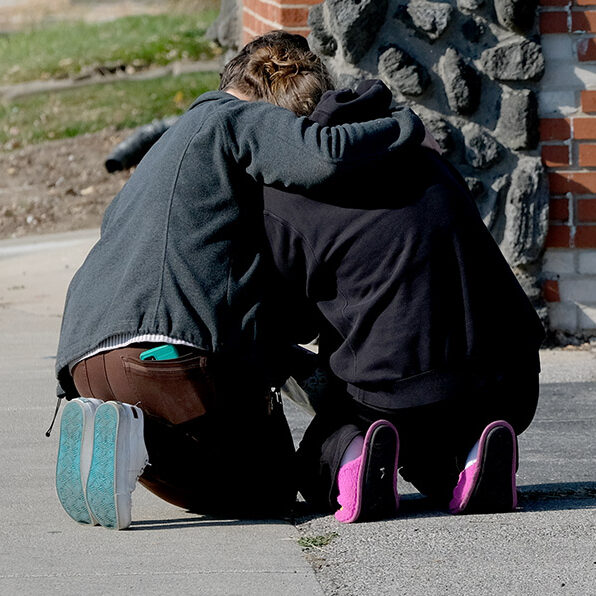
We asked Hady about any such scenarios she’s heard about from the women she helps, and her response was thought-provoking.
“I’ve talked to patients who had wanted pregnancies and then were diagnosed with cancer and had to get abortions. I’ve talked to patients who have six kids and just had another one and can’t afford them. Or, unfortunately, patients who may have been sexually assaulted. All of those stories we’ve heard are heartbreaking,” Hady said.
“But I also think sometimes we focus too often on the tragedy stories, and that we’re communicating that the only okay abortions are the ones that are…you have to have harm inflicted on your body to be deserving of it. No matter what their reasons, no matter their circumstances, we have to validate all abortion experiences.”
In other words, women shouldn’t have to have experienced tragic circumstances, like being raped, or having had a planned pregnancy go terribly wrong, in order to have an abortion. According to Hady and many other pro-choice activists, abortions without trauma should be viewed with an equal level of empathy and respect as those performed after a trauma.
Meet Amelia Stower: Toledo Women’s Center
There aren’t many 21-year-olds who can say they owned an abortion clinic, but Amelia Stower did. After the former owners of Toledo Women’s Center (still called Capital Care at the time) needed to step down in 2020, Stower took over for about 18 months. She was even the target of a lawsuit by Right to Life during her tenure.
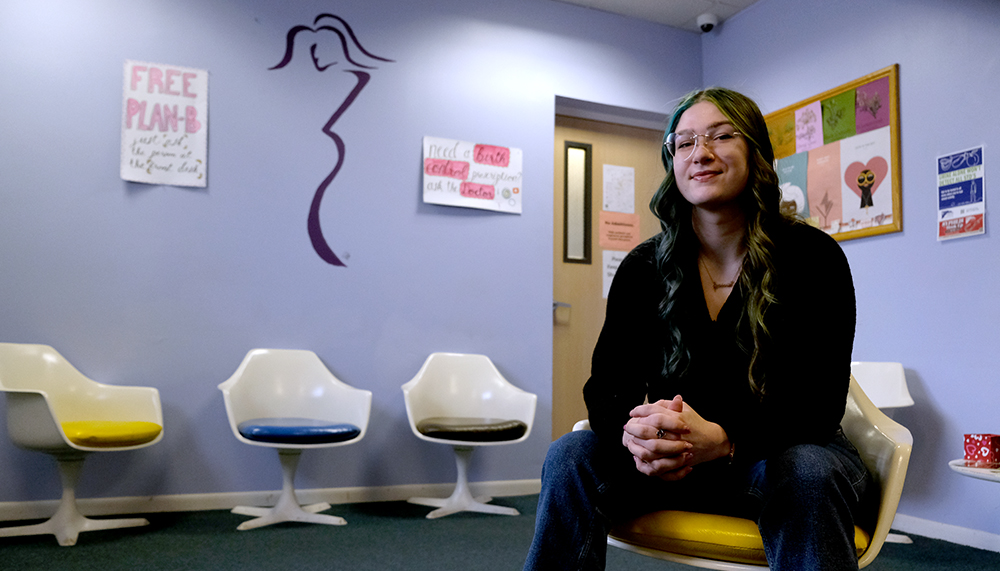
“I took ownership in August [of 2020]; they didn’t hit me with the lawsuit until, I think it was the first week of March, and it was, coincidentally, right after we did a little hearing over getting a safety ordinance,” said Stower, explaining that she had publicly spoken about Center staff and patients being harrassed by pro-life protesters. She said that’s why they were proposing a “buffer zone” between the protesters and the Center.
The lawsuit filed against Capital Care and Stower claimed that because the organization and Stower herself did not have a medical license, they could not offer abortion services. “The thing is, they had been watching me since I took over ownership, so it’s just kind of funny timing to all of us that they chose then to suddenly go after me.”
On Feb. 16, 2024 the lawsuit was finally dropped with the following decision:
“Appellants, Right to Life Action Coalition of Ohio, Greater Toledo Area Right to Life, and Jeffrey Barefoot (collectively, “Right to Life”), appeal from the judgment of the Lucas County Court of Common Pleas dismissing their action against appellees, Capital Care of Toledo, LLC, D/B/A Capital Care of Toledo (“Capital Care”), 2. and Amelia Stower, on grounds of mootness.” (State ex rel. Right to Life Action Coalition of Ohio v. Capital Care of Toledo, L.L.C).
At 21, Stower received a full dose of what the conflict can be like on the abortion front, but she hasn’t backed down from the cause yet.
“I think it was a little bit of retaliation against me for speaking out,” she said. “But they also looked at my age, gender, and were like, ‘Oh, this might be easy. We can kind of scare her into shutting down.’”
Stower moved on from her role as owner so she could continue pursuing a degree at the University of Toledo, but she still has a very active role at the Center as assistant manager, a position that includes front desk administrative work, patient advocacy and funding management.
Complicated neighbors: The Center & The Haven
The Toledo Free Press covered The Pregnancy Center in September 2024, a story outlining what that organization does under the umbrella of the Bella Vita Network, a nonprofit that runs The Pregnancy Center, Soul Purpose and The Haven. The latter — a facility dedicated to counseling women and their partners who are coping with regrets post-abortion — is next to The Toledo Women’s Center.
Savannah Marten, the executive director of Bella Vita Network who we spoke to for that article, noted that the Center and the Haven have a “great relationship.”
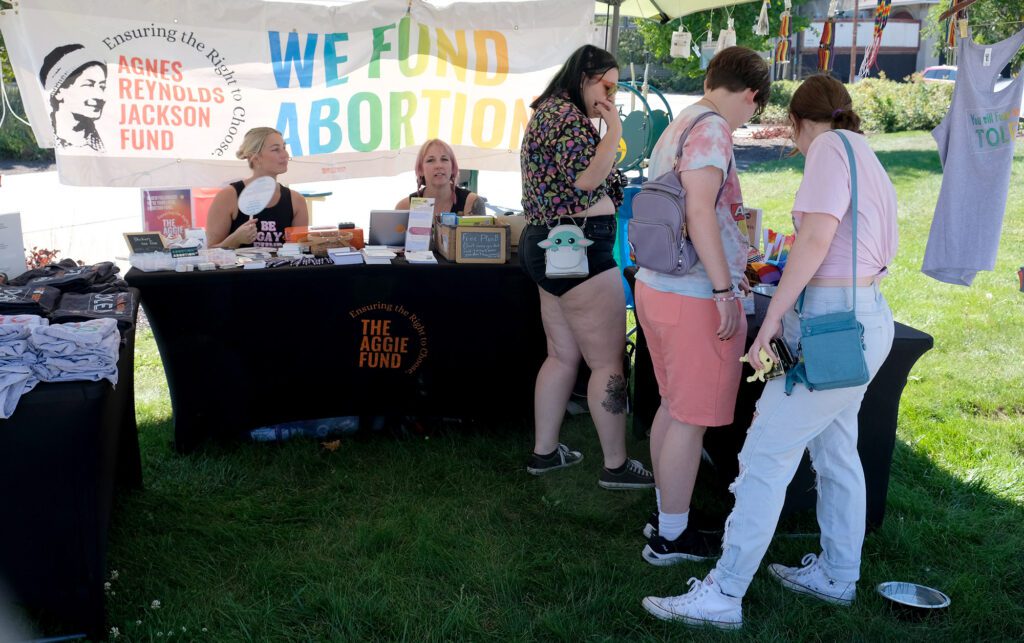
Stower weighed in. “I would say they treat us with respect. Yeah, they’ve always been nice enough to us. As far as pregnancy centers go, they’re one of the better ones.” She is referring to “pregnancy centers” in the broader sense of the term: Facilities that give ultrasounds and are often operated by pro-life groups.
Hady had this to say about the group’s proximity to the center and how the two organizations co-exist, along with her own experience with Marten: “We are diametrically opposed on many things, but I like Savannah as a person. I understand the heart that she has for this work. So I have a good relationship with her, because we have to. We do share that property. We do share that driveway.”
An intricate web
Though the focus of this article is on the ways reproductive rights volunteers can get involved with the movement, each interview we do prompts more digging. What is the future of abortion in Toledo when only one clinic remains and offers medicated abortions?
Though The Pregnancy Center coincides relatively peacefully alongside its ideological opposites, what is the approach of other pro-life centers in the Toledo area? And, finally, how are women in Toledo coping with the ever-changing landscape of reproductive care in the U.S.?
If you have stories to share, reach out via our Story Tip Line.
The Mez debuts in warehouse space
Downtown Toledo has welcomed yet another upscale, lofted event space in what used to be a dilapidated, vacant warehouse at 710 Monroe St.
The Mez has been transformed into a cosmopolitan-style hotspot and is open for business, celebrating its grand opening on March 6 with an enthusiastic turnout of the town’s social mix. The space, where the Standard Pawn Shop resided for 40 years, sat empty for nearly a decade before being purchased by SVN Ascension Commercial Realty estate agent Stephanie Pilgrim.
Pilgrim said the application process began a couple years ago, and “we took advantage of the Facade and White Box grants for the whole building. Cody Brown and the city representatives were wonderful to work with. They were integral to getting this building revitalized and brought back to life.”

The building, built in 1892, was in dire need of a facelift, which is where the Façade Grant, provided by the city, was crucial. Its allotted money provides a 50 percent matching grant to reimburse expenses incurred during a comprehensive facade improvement, according to the city’s website.
Words like “upscale” and “lofted” give off vibes of plush throw pillows and million-dollar condos, but according to general manager Dani Bucher, the charm of the space is in its rustic atmosphere for weddings, corporate events and private parties. It accommodates up to 150 guests.
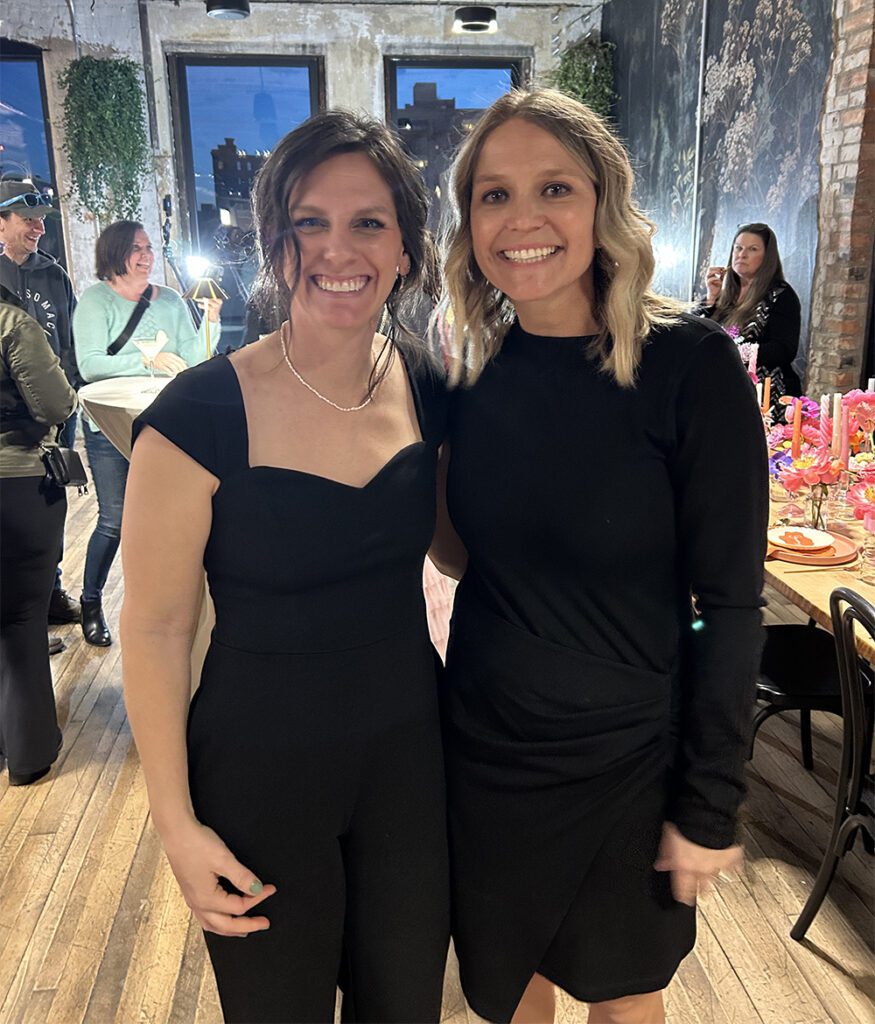
“We want this space to feel natural and organic for our clients,” she said, “With an historic building, we focused on adding amenities for the client and our vendors – trying to make sure they had great success and minimized any bumps in the road; making it seamless for them so they wanted to come back in the space and work hard at giving it a makeover.”
Along with keeping the historic feel to The Mez, Bucher and Pilgrim are focused on turning the entire building into an almost self–sustaining event center. Magnolia, a nightclub, has been a popular attraction since opening last summer. It sits on the third floor, its neon sign facing traffic.
As the city’s newest nightclub, Magnolia features live DJs, house music and bottle service every Friday and Saturday night.
“They attend to all of our bar service and beverage service,” Bucher said. “The upcoming restaurant and catering service will be something that we’d love to incorporate on the first floor.”
“When you have a multi-tenant building, it’s to everybody’s benefit to have great relationships with everyone,” said Pilgrim. “Eventually, the goal would be to get some type of speakeasy or wine cellar in the basement, which is the last space that’s open. It’s definitely going to take a unique investor to do that.”


It is those investors and grants which has given downtown some fresh breath. Nearly $250 million has been allocated into “catalytic projects,” such as the ProMedica corporate headquarters, under the Downtown Toledo Master Plan initiated in 2017. Since then, an additional $425 million in investments has been added.
Nearly three-quarters of the money has gone towards the construction of the Glass City Metropark, the renovation of the Glass City Convention and Event Center, bike paths running down Jefferson and Summit, and the planned renovation of 11 historic buildings, such as Fort Industry Square.
The economic impact has been gradual, but Summit St., for instance, looks alive at night, and especially on the weekends.
“We hope it’s a continuation of involving other businesses and playing our role in this on-going process,” Bucher said. “We’ve bartered with other businesses downtown and stayed engaged to experience great things together.”
“We’re confident that what we’ve done here is unique to the city. We wanted to go for the big-city vibe,” added Pilgrim. “We’ve teamed with Destination Toledo to become a great offering for those corporate events, and certainly we hope to get the wedding industry and more private parties here. I’m hopeful it has an economic impact on the city.”


